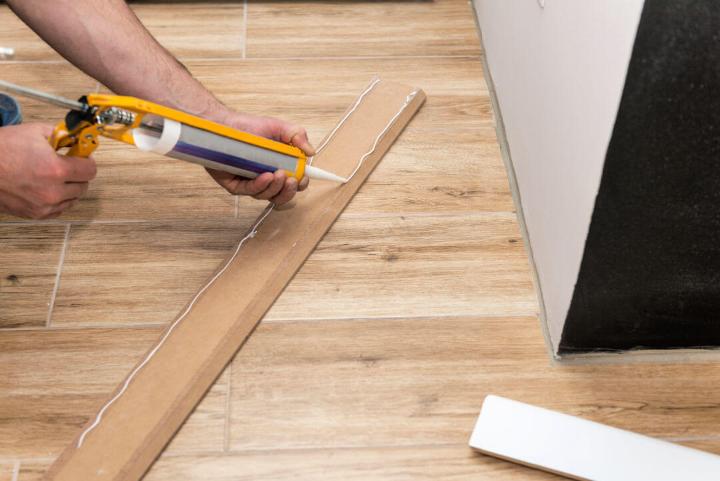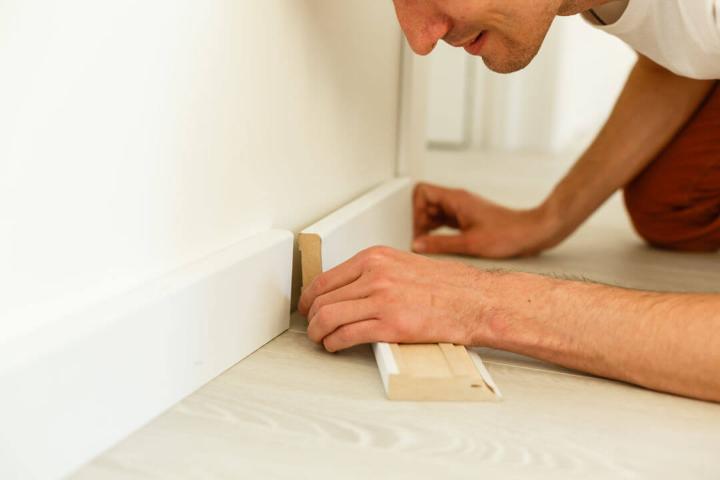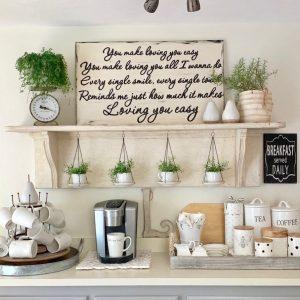Skirting boards, also known as baseboards, are vital to your home as they’re positioned between the wall and floors and act as a decorative border. Mainly, they help keep the walls safe from scuffs and general wear and tear. They are also installed for their aesthetic value.
However, like other things in your home, skirting boards would need replacements over time. While this is a task that should be ideally done by a professional, you can also do it by following a few simple steps. So, if you’re planning to go with the do-it-yourself (DIY) method, this article provides a comprehensive outline to help you get started:

What Items Do You Need?
Before you start fitting your skirting board, head over to a Skirting Board Shop first and buy all the items and tools you need to complete the project. Aside from the skirting boards, this would include:
- Handsaw
- Mitre Saw
- Safety Glasses
- Hammer
- Pencil
- Pins
- Plane
- Screws
- Coping Saw
- Countersink Bit
- Drill Driver
- Tape Measure
- Wood Glue
- Masking Tape
- Stud Finder
- Ear Muffs
- Compass
- Workbench
Once you have these tools, you can start fitting the skirting board.
Steps To Follow When Fitting The Skirting Board
Now that you have the right tools, you can go through this skirting board DIY project. Here’s what you need to do:
Step 1: Take Measurements
The first thing to do is use your tape measure to measure the wall you’re planning to install the skirting boards on. While doing this, make sure to make an allowance of 20% to your measurement for contingency. Taking the correct wall measurements is essential as you don’t want to waste any material.
Step 2: Mark The Boards
Using a handsaw or pencil, mark the skirting boards with a straight line that’s longer than the wall by approximately 50mm. These markings should always be made on the side that’s facing inside the room. These markings will serve as your guide as you fit the boards onto the walls.
Step 3: Cut The Inner Corners
Get a handsaw and start cutting the skirting board along the marked lines. While doing this, make sure to leave an additional 1 to 2mm to create a tight fit. Also, make sure the inside corners are at a 90-degree angle.
Step 4: Cut A 45-Degree Angle On The Outer Corners
Get your miter box or miter saw and cut a 45-degree angle on your skirting board. As you do this, make sure to angle the cut in the corner. Consequently, use the coping saw to cut the edge away. After you’re done, inspect that this piece does fit into your wall. If you’re satisfied with the fit, go ahead and cut the other end and then fix it to the wall.
You should always check if you fit the scribed end to the square end, instead of cutting both ends before you do the fitting. It’s also advised that you test fit and trim these pieces with a planner until you see they have a flush finish. This is critical as it makes the skirting board more secure. This step is the most challenging part, but the work can be easier if you make use of the workbench.
Step 5: Attach The Skirting To The Wall
This step involves placing nails in their correct positions. You can do this by either using glue adhesive and applying it at regular intervals on the board’s back, or use a nail gun and shoot nails into the marked wall studs. Doing this ensures that the skirting board gets firmly attached to the wall’s wooden frame.
You should apply extra adhesive or cross-nail miter corners to bolster their safety. Most importantly, don’t forget to wear the proper protective suit as you perform this part of the project.

Step 6: Finishing Up
Once you’re done attaching the skirting pieces, go ahead and fill all the gaps in between the wall and the skirting board. You can do this by using a decorator’s caulk and then finish by running a wet finger over the joint. Doing this ensures uniformity of the skirting board, and it will also be given a natural finish. Once you confirm that everything is as it should be, give the skirting board time to firmly attach to the wall before you paint it.
Takeaway
If you’re into DIY projects, fitting new skirting boards is an excellent project—even for home improvement beginners. When done correctly, the skirting will help give your home an appealing look by hiding the hideous junctions between walls and floors while protecting walls from scuffs and kicks at the same time. This guide has highlighted the steps you need to follow should you choose to undertake this project rather than hire a professional.




